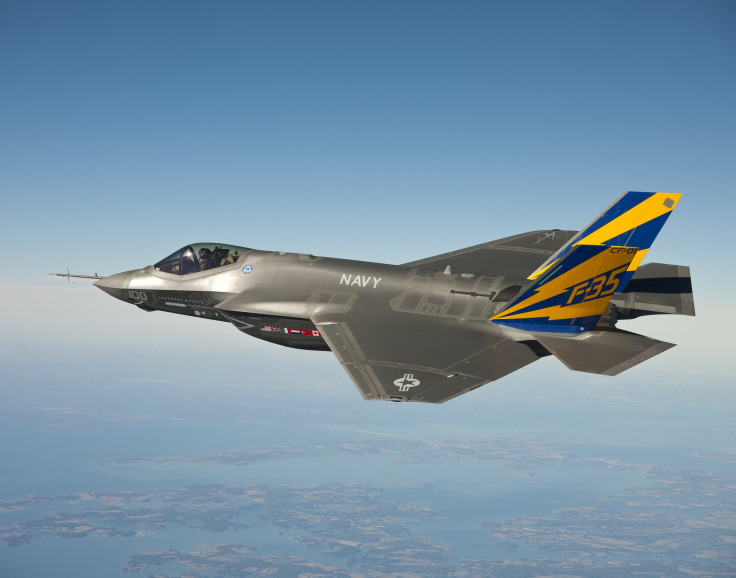Global Arms Trade: Russia, US Grow Already Massive Share Of Major Weapons Exports; China Replaces Germany At No. 3

A Swedish nonprofit says five countries were responsible for nearly three-fourths of all major weapons sales from 2011 to 2015, with the U.S. and Russia growing their share of that pie to nearly 60 percent.
Rising demand from emerging Asian economies coupled by a virtual arms race in the Middle East led by Saudi Arabia has spurred a 14 percent jump in the sale of weapons systems, from fighter jets to missile defense modules, according to a study released Monday by the Stockholm International Peace Research Institute (SIPRI).
The U.S. remains by far the biggest arms merchant on the planet and outpaced its traditional rival Russia in the business of arming states against internal and external security threats.
“As regional conflicts and tensions continue to mount, the U.S.A. remains the leading global arms supplier by a significant margin,” Aude Fleurant, director of SIPRI’s military expenditures program, said in a statement. “The U.S.A. has sold or donated major arms to at least 96 states in the past five years, and the U.S. arms industry has large outstanding export orders, including for a total of 611 F-35 combat aircraft to 9 states.”
The latest export and import data shows the ebb and flow of major arms, like fighter jets, missile systems, large-caliber firearms, sea vessels and ground combat vehicles. Saudi Arabia, a major buyer, imports weapons largely from the U.S., but also the U.K. and Spain. Poorer Asian countries rely more heavily on China. India relies heavily on Russia while also buying weapons systems from its former colonizer, Britain, and Italy.
Germany, which was No. 3 in the previous five-year study, has been replaced by China, as Europe’s largest economy scaled back on exports. Though German exports have risen recently, Berlin has implemented a more restrictive arms policy in a bid to reduce its role contributing weapons that help fuel regional conflicts. As a result, German exports fell by more than half in the five years ending in 2015 compared with the previous five years.
Defense contractors in the U.S., Russia and China have been happy to fill the void left by Germany.
The U.S. increased its sales by 27 percent, thanks largely to demand from Saudi Arabia, which ranked No. 2 among the world’s largest importers from 2011 to 2015, and from the United Arab Emirates and Turkey. Russia’s sales grew by 14 percent thanks largely to India, the world’s top arms importer. China sales jumped 88 percent on demand from Pakistan, Bangladesh and Myanmar, but the world’s second-largest economy still makes up only 6 percent of all major arms exports, the same as France.
The U.S. makes up a third of the global major arms trade and is also Germany’s top customer.
© Copyright IBTimes 2025. All rights reserved.






















